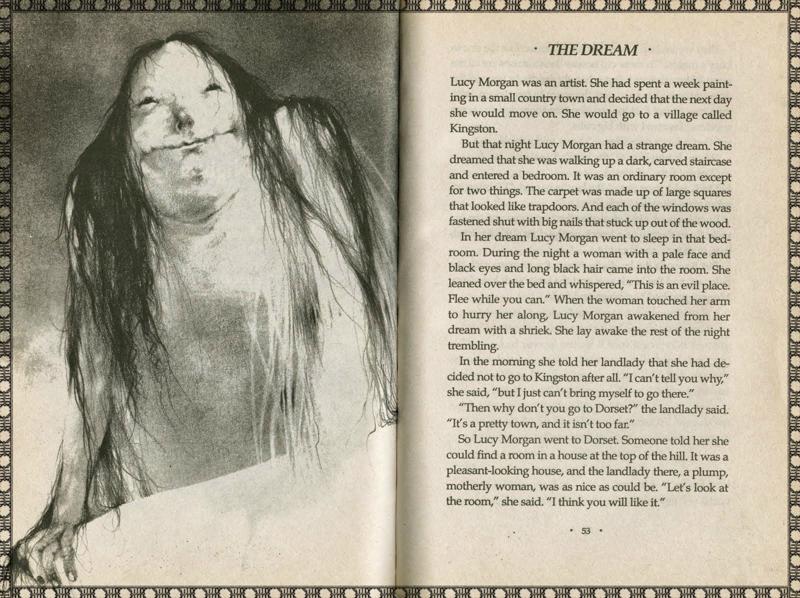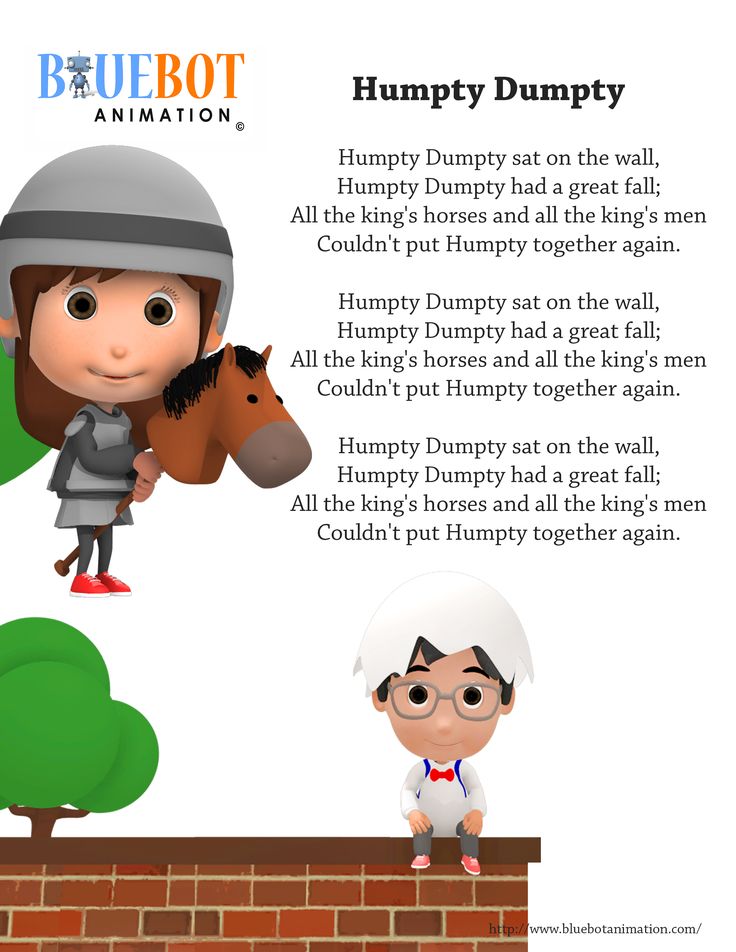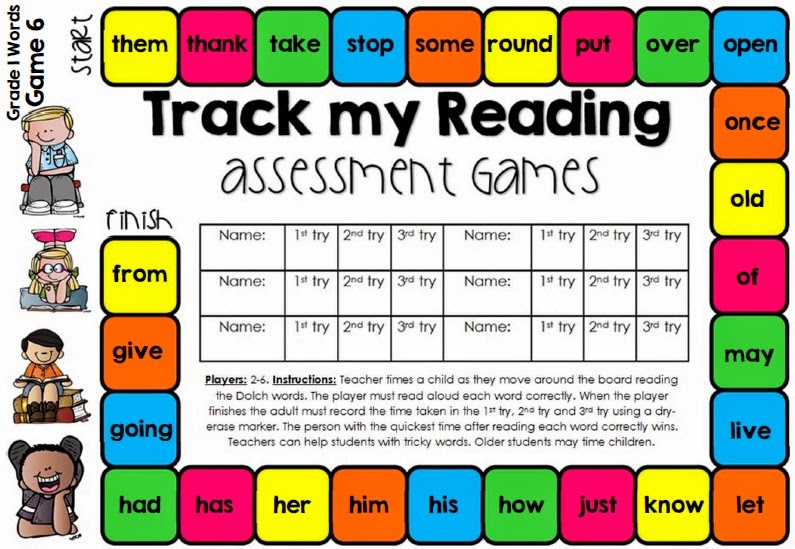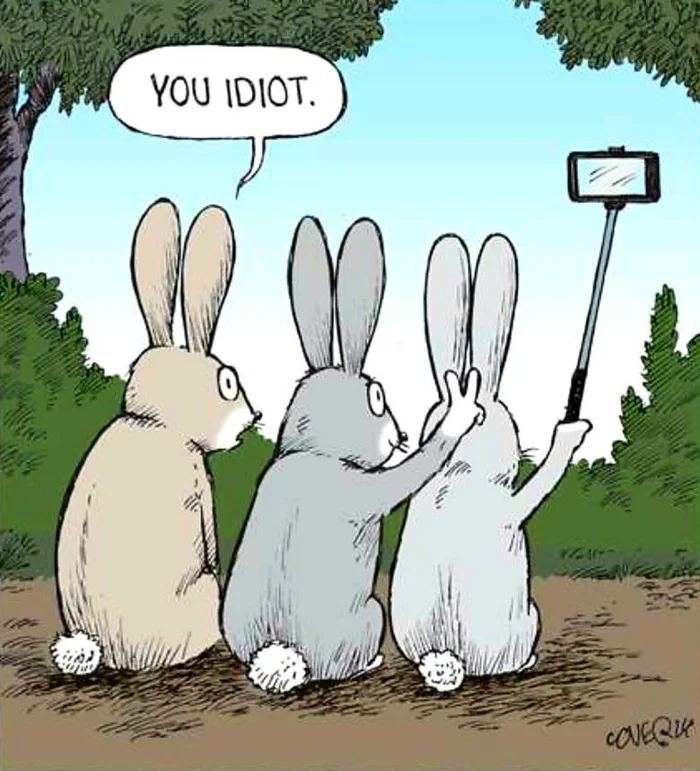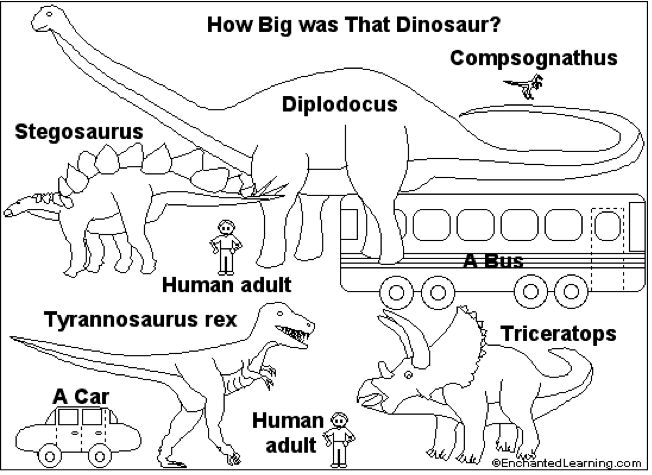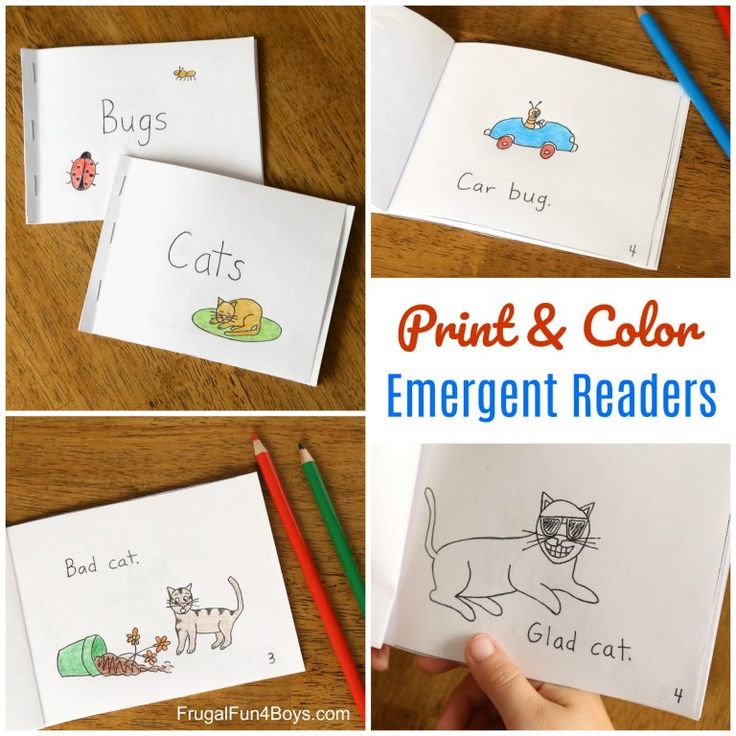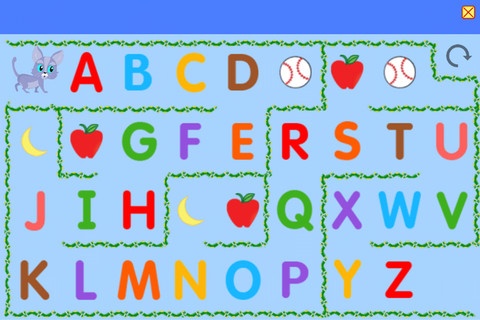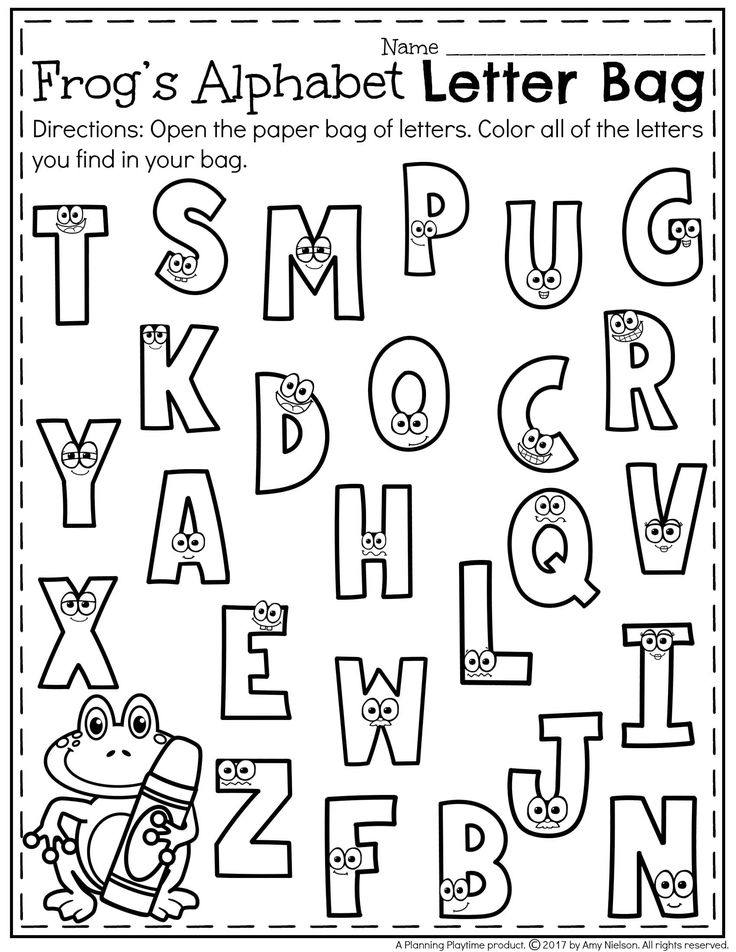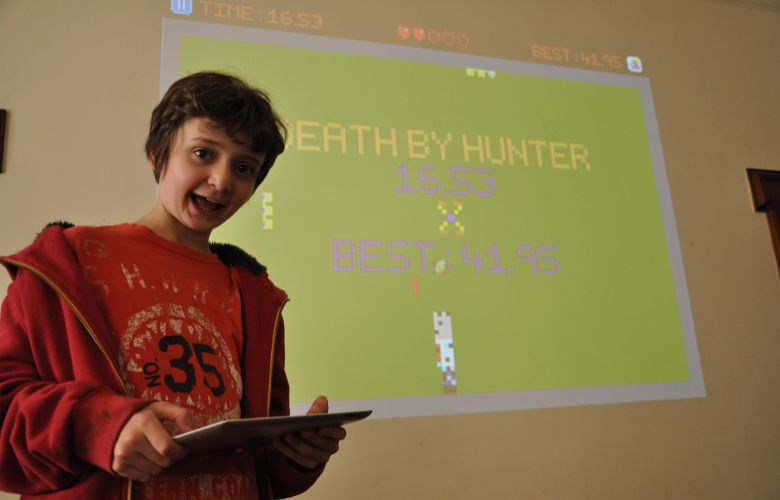Stories to tell
Jack and the Beanstalk
This is the video description for Jack and the Beanstalk This is the video description for Jack and the Beanstalk HOMER is an early learning program for kids ages 2-8. It includes access to hundreds of interactive stories and a personalized learn-to-read plan. Try it free for 30 days! Jack’s tired of milking his old cow, so he decides to sell her at the market. On the way, a peddler convinces Jack to trade the cow for magic beans, and his mother’s none too happy about it. When she tosses the beans out the window and a beanstalk shoots up into the sky, Jack just can’t resist finding out what’s at the top—a giant castle! There he finds a goose that can lay golden eggs, and . . . what’s that? “Fee fi fo fummy!” It’s a giant that thinks Jack smells “yum, yum, yummy!” But when the giant follows Jack down the beanstalk, Jack and the giant find a way to become friends. show full description Show Short DescriptionFairy Tales
Browse our collection of fairy tales including those made famous by The Brothers Grimm and Hans Christian Andersen
view all
Jack and the Beanstalk
Goldilocks and the Three Bears
Goldilocks
Harold's Fairy Tale
Little Red Riding Hood
The Three Little Pigs
Three Little Pigs
One membership, two learning apps for ages 2-8.
TRY IT FOR FREE
Full Text
Once upon a time, a boy named Jack got himself into the biggest, most humongous heap of trouble ever. It all started when Jack’s mama asked him to milk the old cow. But Jack decided he was tired of milking cows. “No way, no how. I’m not milking this brown cow now,” said Jack, and he decided to sell the old cow, so he’d never have to milk it again! Jack was on his way to market to sell the cow when he came across a peddler. “Hi, Mr. Peddler,” said Jack. “Where are you headed?” asked the peddler. “I’m going to sell my cow at the market,” Jack answered. “Why sell your cow?” asked the peddler. “Trade her for beans!” “Beans?” asked Jack. “Not just any kind of beans,” said the peddler, “magic beans.” “What do they do?” asked Jack. “They do magic!” said the peddler. “Magic? Sold!” said Jack, and he traded the cow for three magic beans. Jack got home and told his mama he had sold the cow so he wouldn’t have to milk her anymore. “Oh dear, you did what?” Jack’s mama asked. “I sold her for magic beans,” said Jack. “You sold a cow for magic beans?” Jack’s mama couldn’t believe what Jack was telling her. “There’s no such thing as magic beans,” she said as she threw the beans out the window. “Well, I did make them disappear, but that still doesn’t make them magic!” Suddenly, the ground rumbled and began to shake. A magic beanstalk grew up right before their eyes! Jack saw it and immediately began to climb the tall beanstalk. “Get back here this instant!” called Jack’s mama, but Jack wasn’t listening. Jack climbed up and up and up and up the beanstalk. At the top of the beanstalk, Jack found a giant castle. He walked up to the giant door, cracked it open, and went inside. Inside the castle, Jack saw the most amazing thing he had ever seen. It was a goose. But it wasn’t just any old ordinary goose. This goose laid eggs made of gold! “That is so cool,” thought Jack. “Think of all the things you could do with golden eggs!” And then, Jack got the worst idea he’d ever had—he was going to take the goose! Jack lifted the goose off of its perch.
“Oh dear, you did what?” Jack’s mama asked. “I sold her for magic beans,” said Jack. “You sold a cow for magic beans?” Jack’s mama couldn’t believe what Jack was telling her. “There’s no such thing as magic beans,” she said as she threw the beans out the window. “Well, I did make them disappear, but that still doesn’t make them magic!” Suddenly, the ground rumbled and began to shake. A magic beanstalk grew up right before their eyes! Jack saw it and immediately began to climb the tall beanstalk. “Get back here this instant!” called Jack’s mama, but Jack wasn’t listening. Jack climbed up and up and up and up the beanstalk. At the top of the beanstalk, Jack found a giant castle. He walked up to the giant door, cracked it open, and went inside. Inside the castle, Jack saw the most amazing thing he had ever seen. It was a goose. But it wasn’t just any old ordinary goose. This goose laid eggs made of gold! “That is so cool,” thought Jack. “Think of all the things you could do with golden eggs!” And then, Jack got the worst idea he’d ever had—he was going to take the goose! Jack lifted the goose off of its perch.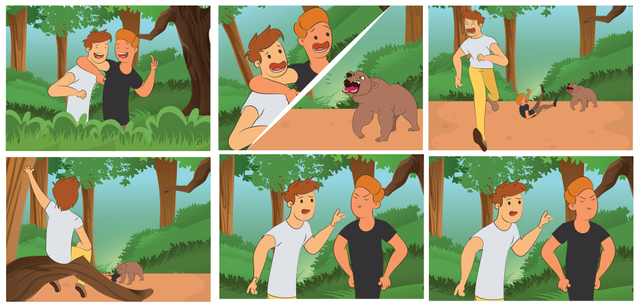 Just then, the biggest, most fearsome, and only giant Jack had ever seen came into the room. The giant saw that his goose wasn’t in its usual spot! “Fee fi fo funch, if you took my goose, I’ll eat you for lunch!” “Oh no,” thought Jack. “That giant’s going to eat me! I’ve got to get out of here without him seeing me!” Quietly and carefully, Jack took the goose and made his way toward the door. He was almost out of the room when—honk! The goose cried out and the giant spotted Jack! “Fee fi fo fummy, give that back or I’ll call my mummy!” roared the giant. “Ahhh!” screamed Jack. He ran toward the beanstalk. Jack ran as quickly as he could down the beanstalk, but the giant was following close behind. Just as Jack put his feet back on the ground, the giant picked up Jack in his enormous hands. “Fee fi fo fummy, I bet you taste yum yum yummy!” said the giant. Just as the giant was about to eat Jack, the ground began to shake, and there, standing right behind the giant, was an even bigger, taller, more humongous lady giant! “Two giants!” thought Jack.
Just then, the biggest, most fearsome, and only giant Jack had ever seen came into the room. The giant saw that his goose wasn’t in its usual spot! “Fee fi fo funch, if you took my goose, I’ll eat you for lunch!” “Oh no,” thought Jack. “That giant’s going to eat me! I’ve got to get out of here without him seeing me!” Quietly and carefully, Jack took the goose and made his way toward the door. He was almost out of the room when—honk! The goose cried out and the giant spotted Jack! “Fee fi fo fummy, give that back or I’ll call my mummy!” roared the giant. “Ahhh!” screamed Jack. He ran toward the beanstalk. Jack ran as quickly as he could down the beanstalk, but the giant was following close behind. Just as Jack put his feet back on the ground, the giant picked up Jack in his enormous hands. “Fee fi fo fummy, I bet you taste yum yum yummy!” said the giant. Just as the giant was about to eat Jack, the ground began to shake, and there, standing right behind the giant, was an even bigger, taller, more humongous lady giant! “Two giants!” thought Jack.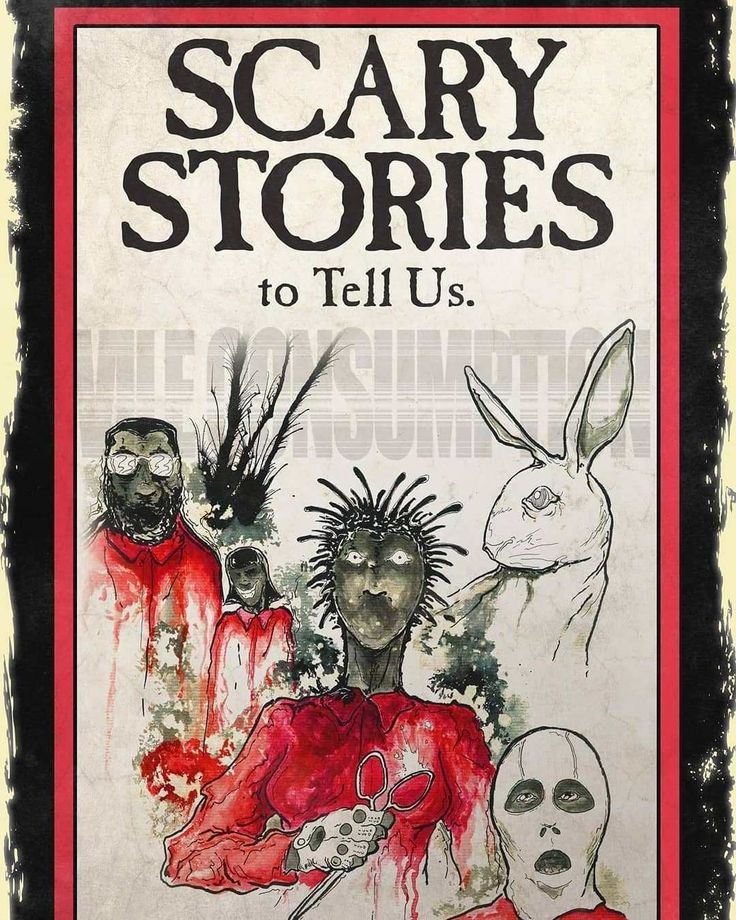 “They’ll eat me now for sure!” “Put that boy down, Willifred,” the giant mama told her son. The giant put Jack back down on the ground. “Now what have I told you?” she asked. “Don’t eat other kids,” said the giant sheepishly. “That’s right, we don’t eat other kids,” said the mama giant. “But he took my goose!” cried the giant. Just then, Jack’s mama came out of the farmhouse. “What on earth is going on here?” she asked. “Well,” Jack began, “there was this castle, and inside was the coolest goose ever—it lays golden eggs! As I was taking it, this giant kid came in and was all ‘fee fi fo fum’ and then I—” “You mean you took this boy’s goose?” Jack’s mama interrupted. “Yeah, but it lays golden eggs!” Jack paused and thought about it. “Huh. Now that you mention it, I guess that wasn’t very nice,” said Jack. Jack looked at the giant. “I’m sorry I took your goose. I know I shouldn’t take things that don’t belong to me.” “That’s OK. I suppose I should’ve asked you to give me back the goose without trying to eat you.
“They’ll eat me now for sure!” “Put that boy down, Willifred,” the giant mama told her son. The giant put Jack back down on the ground. “Now what have I told you?” she asked. “Don’t eat other kids,” said the giant sheepishly. “That’s right, we don’t eat other kids,” said the mama giant. “But he took my goose!” cried the giant. Just then, Jack’s mama came out of the farmhouse. “What on earth is going on here?” she asked. “Well,” Jack began, “there was this castle, and inside was the coolest goose ever—it lays golden eggs! As I was taking it, this giant kid came in and was all ‘fee fi fo fum’ and then I—” “You mean you took this boy’s goose?” Jack’s mama interrupted. “Yeah, but it lays golden eggs!” Jack paused and thought about it. “Huh. Now that you mention it, I guess that wasn’t very nice,” said Jack. Jack looked at the giant. “I’m sorry I took your goose. I know I shouldn’t take things that don’t belong to me.” “That’s OK. I suppose I should’ve asked you to give me back the goose without trying to eat you.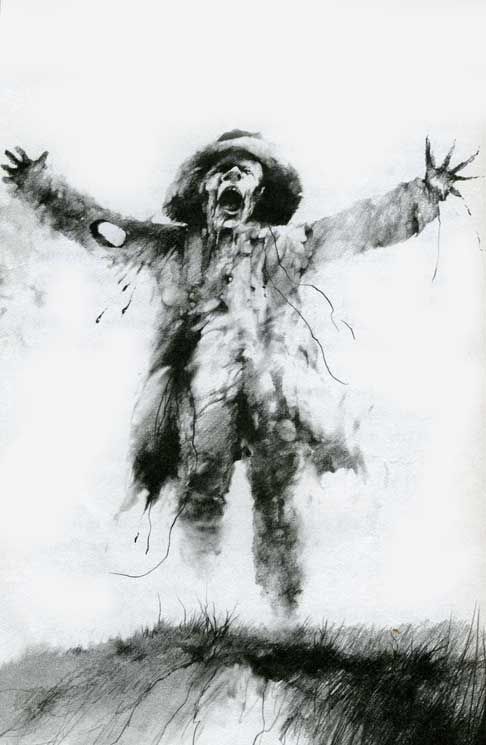 I’m sorry too,” said the giant. “Hey, do you want to play baseball?” Jack and the giant became good friends, using the beanstalk to visit each other whenever they wanted. “You know,” Jack said, “if it weren’t for those three magic beans, I never would have learned how to play giant baseball.” “You’re right,” said the giant. “I’d say the whole adventure was a giant success!”
I’m sorry too,” said the giant. “Hey, do you want to play baseball?” Jack and the giant became good friends, using the beanstalk to visit each other whenever they wanted. “You know,” Jack said, “if it weren’t for those three magic beans, I never would have learned how to play giant baseball.” “You’re right,” said the giant. “I’d say the whole adventure was a giant success!”
1
We take your child's unique passions
2
Add their current reading level
3
And create a personalized learn-to-read plan
4
That teaches them to read and love reading
TRY IT FOR FREE
Kitten's First Full Moon
None HOMER is an early learning program for kids ages 2-8. It includes access to hundreds of interactive stories and a personalized learn-to-read plan. Try it free for 30 days! When Kitten wakes up to her first full moon, she thinks it’s a bowl of milk in the sky. She dreams of having it! Closing her eyes, she stretches her neck and opens her mouth to lap it up but only catches a bug. She runs down the sidewalk and over the fields to a pond, but the bowl of milk is still so far away. She climbs a tree to see if she can reach it. Poor Kitten—that doesn’t work. But in the pond is a larger bowl of milk! She races down the tree, through the grass, and SPLASH into the pond, only to get wet. Defeated, she makes her way back home. What do you think is waiting for her there? show full description Show Short Description
She dreams of having it! Closing her eyes, she stretches her neck and opens her mouth to lap it up but only catches a bug. She runs down the sidewalk and over the fields to a pond, but the bowl of milk is still so far away. She climbs a tree to see if she can reach it. Poor Kitten—that doesn’t work. But in the pond is a larger bowl of milk! She races down the tree, through the grass, and SPLASH into the pond, only to get wet. Defeated, she makes her way back home. What do you think is waiting for her there? show full description Show Short Description Bedtime Stories
Find your child's favorite bedtime stories. With a collection of animated stories, you are sure to find a story your child will love. From classics like Kitten's First Moon to new favorites like Goodnight, Goodnight Construction Site.
view all
Goodnight, Goodnight Construction Site
Kitten's First Full Moon
Night Boy
Happy Birthday Moon
One membership, two learning apps for ages 2-8.
TRY IT FOR FREE
Full Text
It was Kitten’s first full moon. When she saw it, she thought, “There’s a little bowl of milk in the sky.” And she wanted it. So she closed her eyes and stretched her neck and opened her mouth and licked. But Kitten only ended up with a bug on her tongue. Poor Kitten! Still, there was the little bowl of milk, just waiting. So she pulled herself together and wiggled her bottom and sprang from the top step of the porch. But Kitten only tumbled— bumping her nose and banging her ear and pinching her tail. Poor Kitten! Still, there was the little bowl of milk, just waiting. So she chased it— down the sidewalk, through the garden, past the field, and by the pond. But Kitten never seemed to get closer. Poor Kitten! Still, there was the little bowl of milk, just waiting. So she ran to the tallest tree she could find, and she climbed and climbed and climbed to the very top. But Kitten still couldn’t reach the bowl of milk, and now she was scared. Poor Kitten! What could she do? Then, in the pond, Kitten saw another bowl of milk, and it was bigger. What a night! So she raced down the tree and raced through the grass and raced to the edge of the pond. She leaped with all her might— Poor Kitten! She was wet and sad and tired and hungry. So she went back home. And there was a great big bowl of milk on the porch, just waiting for her. Lucky Kitten!
Poor Kitten! What could she do? Then, in the pond, Kitten saw another bowl of milk, and it was bigger. What a night! So she raced down the tree and raced through the grass and raced to the edge of the pond. She leaped with all her might— Poor Kitten! She was wet and sad and tired and hungry. So she went back home. And there was a great big bowl of milk on the porch, just waiting for her. Lucky Kitten!
1
We take your child's unique passions
2
Add their current reading level
3
And create a personalized learn-to-read plan
4
That teaches them to read and love reading
TRY IT FOR FREE
8 Ways to Tell an Interesting Story (with Examples and Tips) - CMS Magazine
You can start at the beginning, move to the middle, and finish at the end. However, the real stories tell a completely different story! How to tell an ordinary story so that it is read and re-read.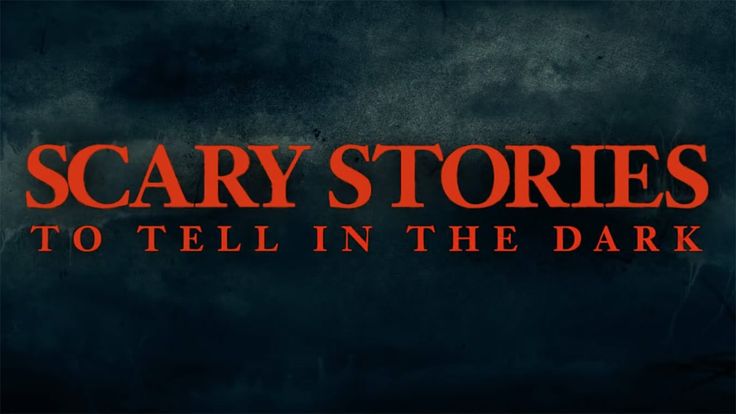
Once we were all taught at school how to write an essay. Introduction, main idea, conclusion. A more "adult" version: introduction, background, main idea, developing theses, final part.
But remember how we tell our friends something interesting.
“You have no idea! The sofa just fell on me! Imagine me walking calmly down the street, and suddenly - bang! — The sofa falls in front of me! Well, yes, not for me. And he didn’t fall very high, the loaders removed him from the car and accidentally missed him. But how scared I was!”
This story is a combination of False Start and Start in the Middle.
A good story is a journey that brings inspiration. Read Hemingway's story about fishing on the river - and you will want to buy a fishing rod, pack a couple of sandwiches in your jacket pocket and go to a deaf river to catch this trout. Watch a good advertisement, built not just according to the laws of the genre, but with soul - you will not buy this Rolex, but the mood of victory will remain with you for several more hours.
It is difficult to write a story that will convey the right ideas to the reader and will be read to the end with enthusiasm. But it's possible. Just think about what and how you want to tell, what emotion to make the leading one in your story - and start.
Do not turn your article or presentation into a template sequence from beginning to end. Use different plot devices to make a truly memorable story. Think about it: events happen in chronological order, but you can talk about them in different ways.
Monomyth
Monomyth (also known as the hero's journey) is a story found in many fairy tales, myths and religious writings around the world.
In the monomyth, the hero is called to leave his home and embark on a difficult journey. He moves from a place he knows to a frightening unknown. After overcoming severe trials, he returns home with a reward or gained wisdom. Many of today's stories still follow this structure, from The Lion King to Star Wars.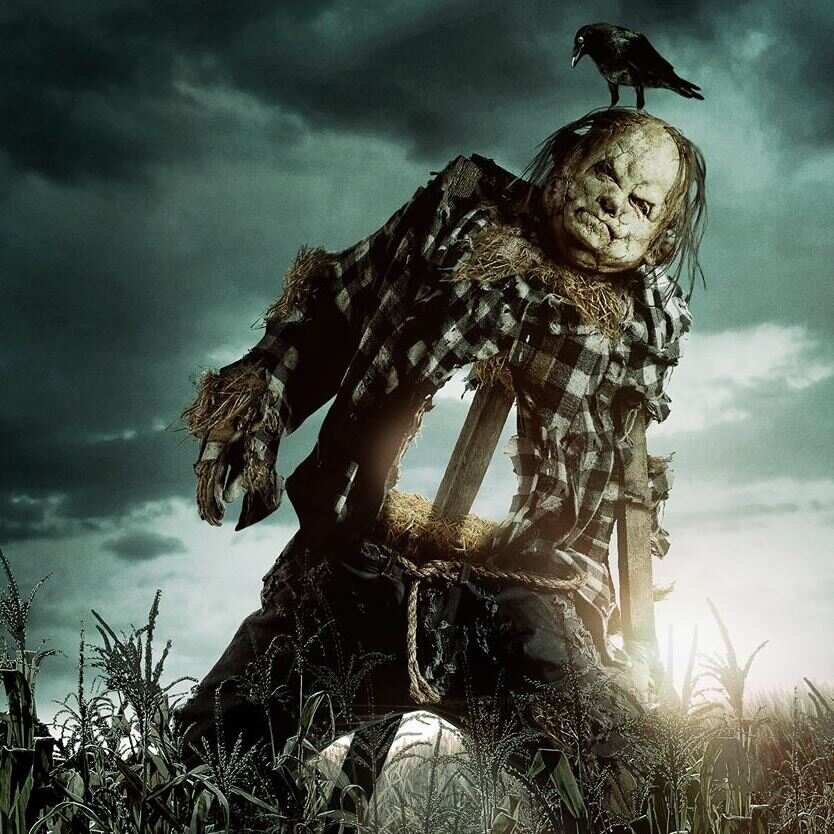
This is a traditional sequential presentation of events, but it is subject to the laws of the dramatic genre - there is a prehistory, plot, development, climax and denouement in the monomyth.
The monomyth will help you explain how you arrived at the conclusions you want to share and add credibility to your story. This technique is well suited for demonstrating the benefits of risk, as well as explaining how you discovered new knowledge.
The strength of this device is not in the sequence of presentation, but in the contrast of individual steps and the dramatic effect: unsolvable riddles and mysterious strangers are sure to be encountered on the hero's path. Or grandmothers who need to be moved across the road.
Examples
The example is not new, but indicative. Popular advertising video "Coca-cola. Drink the legend! tells a modern version of the tale about Ivan Tsarevich and the Gray Wolf.
Or a story with a happy ending: an infographic story about how a small startup made $10 billion starting with air mattresses.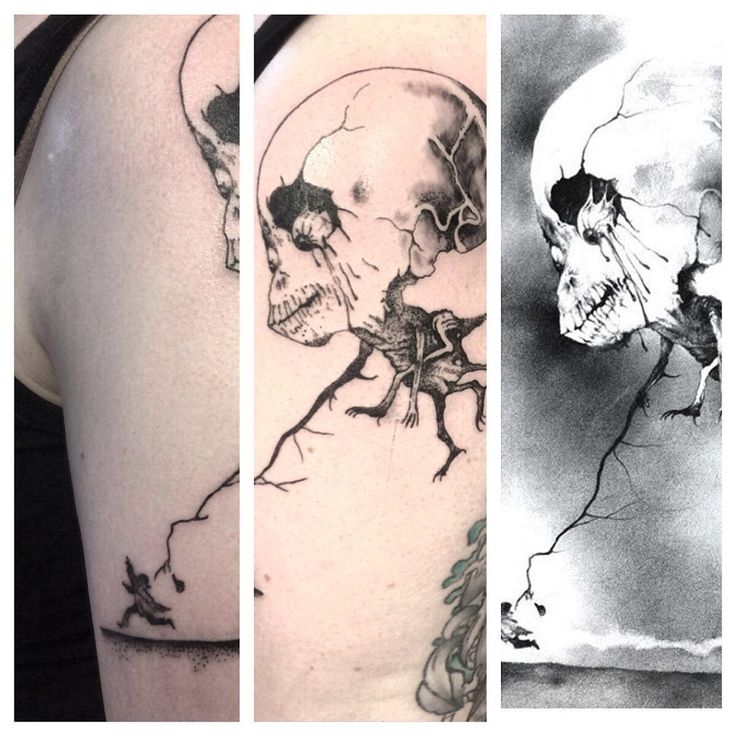
Author: Anna Vital
http://notes.fundersandfounders.com/post/82297315548/how-airbnb-started
Mountain
This is a story full of tension and drama. "Mountain" is similar to a monomyth because it shows events in chronological order. But these are still two different techniques, because the "mountain" does not always imply a happy ending.
The first part of the story is the premise of the whole story, then comes the problem-solving narrative, and the action builds up to a climactic conclusion. The story is a bit like a TV series - each episode has its own high and low points that gradually lead to the main finale at the end of the season.
This storytelling technique is well suited for telling how you overcame a series of problems, for slowly building tension and getting a conclusion that satisfies you - or confirms that you made a mistake, but learned from these mistakes.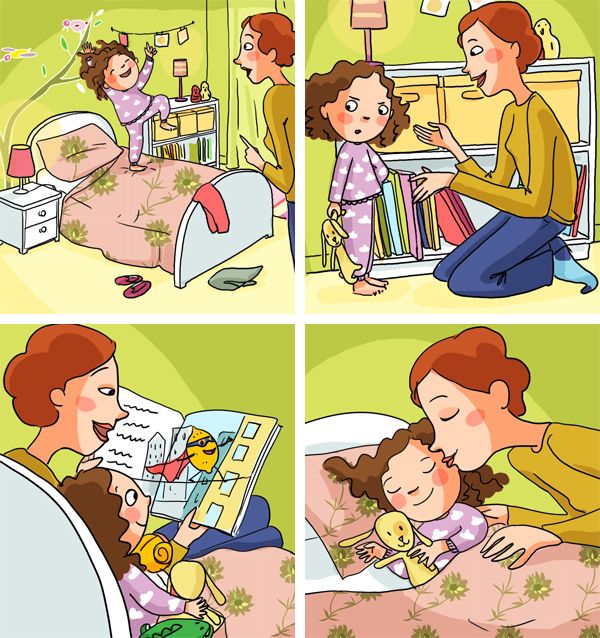
Example
Nikolai Belousov, the founder of the MadRobots online store, tells a story without a happy ending on Habrahabr - about how you can almost go broke selling iPhones.
http://goo.gl/YohE67
How the Getwear denim service closed is a story of rise and fall with a useful conclusion at the end.
http://goo.gl/2GrBR7
Nested loops
You "stack" multiple stories in layers on top of each other. Put your most important story—the core of your message—in the center, and use the rest of the stories to explain the main principle.
For example, the Decameron by Boccaccio is written in this way - the story begins with the plague in Florence, but this only serves as a frame for other short stories that noble gentlemen and ladies who escaped from the plague tell each other. Frame composition has been used by many writers. Open Pushkin's "Little Tragedies" - the tragedy is framed by the story of an Italian improviser who came to Petersburg.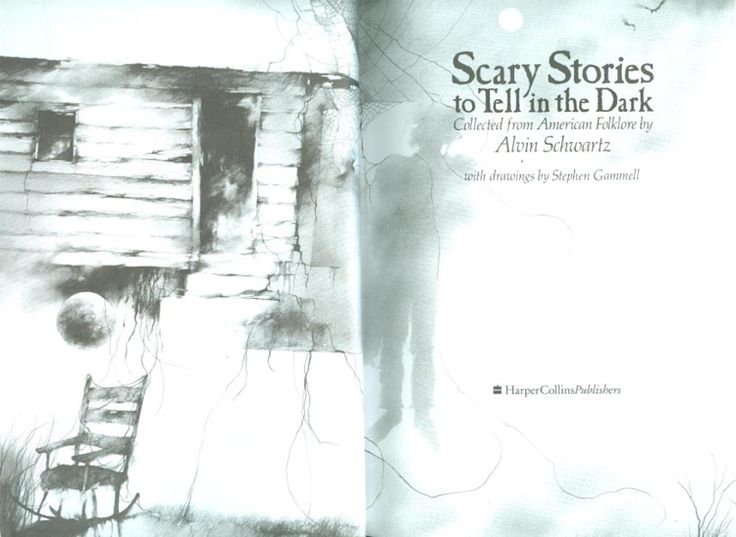
How to do it if you are not Pushkin? Easily. For example, write about your company's next field trip. Preparation for the event, competitions, funny cases, and meanwhile - this is a story about a close-knit team, about the company's values. And if you are ready to "show the cards", then in campfire conversations you can retell stories about customer service or production cases that will show the company from the best side.
Example
Another story from the Madrobots blog on Habrahabr (we really liked it). Nikolai Belousov, through the story of the birth of Madrobots and his development as a businessman, talks about how to get rid of procrastination.
http://goo.gl/AEYjcM
Sparklines
Graphic designer Nancy Duarte uses "flare lines" to analyze famous performances in her book Resonate.
She claims that the best performances were successful because they showed the contrast of our world with the ideal, perfect world.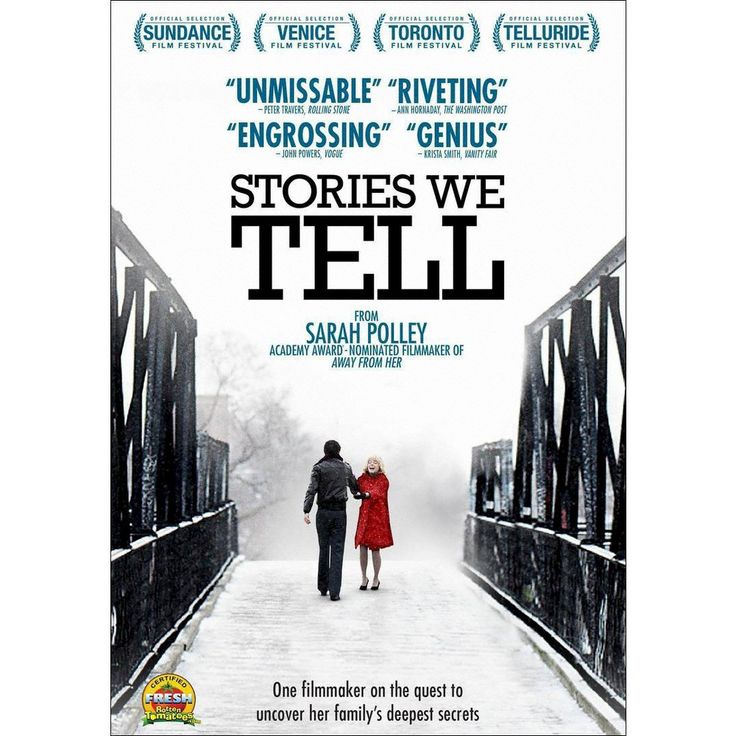 They compare "what is" with "what could be". In such stories, the author draws attention to the problems that exist in our society, our personal life and business. The author evokes a thirst for change in the audience. This is an emotional technique that motivates listeners very well.
They compare "what is" with "what could be". In such stories, the author draws attention to the problems that exist in our society, our personal life and business. The author evokes a thirst for change in the audience. This is an emotional technique that motivates listeners very well.
This technique is great for inciting action, arousing hope, excitement and finding adherents of your ideas. In addition, it is actively used in advertising. While they are celebrating in Villaribo... remember?
Example
A similar technology is used in commercials, when they try to show the difference between what you have now and what the product can give you.
For example, in this video, pay attention to the final shots: how skillfully repetition is used.
In medias res (start from the middle)
Literally from Latin, this expression is translated as "in the middle of things.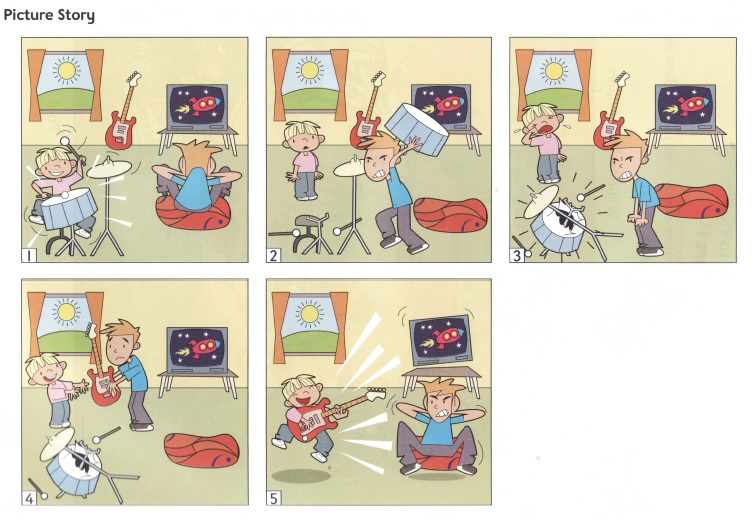 " Start your story with the central episode before you start explaining how you got here.
" Start your story with the central episode before you start explaining how you got here.
You immediately "throw" the audience into the most exciting part of the story - people will be intrigued and will be very attentive to understand what is really happening.
But be careful not to reveal all the facts at once. Try to hint at something strange or unexpected - something that needs more explanation. Give your audience just enough information to keep them hooked and then go back and rebuild the full picture of the story.
This is only good for short stories, because if you make it long, your audience will quickly get frustrated and lose interest.
Technique is good because it grabs attention from the very beginning and keeps them in suspense, and also allows people to focus on a turning point in history.
Example
The history of the Harley-Davidson company, which its author began with a very unusual fact.
http://goo.gl/1aQgBZ
Or an action-packed thriller from Beeline about the Internet forever tariff.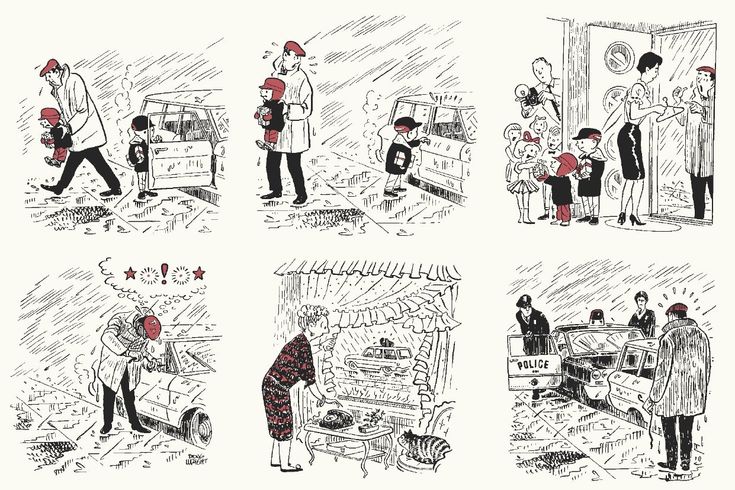
Converging Ideas
This technique shows how different thoughts come together to form a product or idea. It can be used to explain how an idea was born, or how one idea became the culmination of several minds.
The Converging Ideas technique is similar to nested loops, but instead of diving into the main story through sub-stories, it shows how several equally important stories yielded a single conclusion. Can be used to tell stories about alliances that have had global significance, such as the partnership between web developers Larry Page and Sergey Brin.
Larry and Sergey met at Stanford University in 1995 but didn't like each other at first. Both had great ideas, but it was difficult for them to cooperate. They eventually started working together on a research project. The project that became known as Google.
This technique is good at showing how partnerships are formed and how people come together to work together.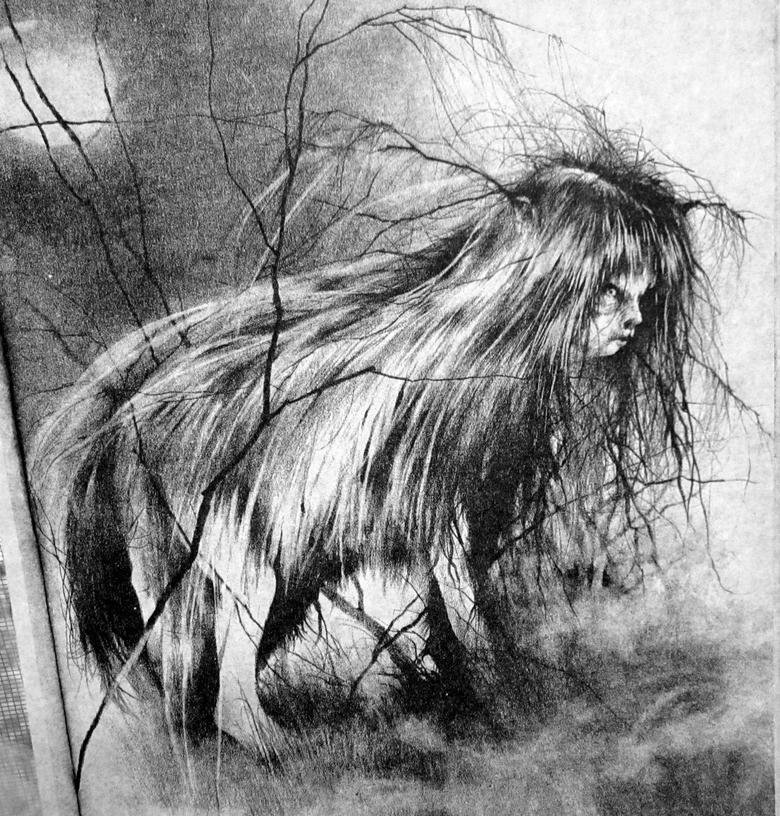 It is also suitable for explaining how development went at a certain point in history.
It is also suitable for explaining how development went at a certain point in history.
Examples
The history of the Ernst & Young brand is about how two talented people achieved success, each in their own way. And how, after many years of work, after the death of the founders, their companies merged into one, which is still successfully operating in the market.
http://goo.gl/z5oEXl
And remember the advertising story about two brothers who made Twix: one made the left stick, the other the right one.
Author: Twix
False start
False start is a technique in which you start telling a seemingly predictable story, and then suddenly interrupt it and start again. You lure your audience into a false sense of security and then turn everything upside down.
This format is great for telling about those moments when you failed at something and were forced to return to the beginning and rethink everything.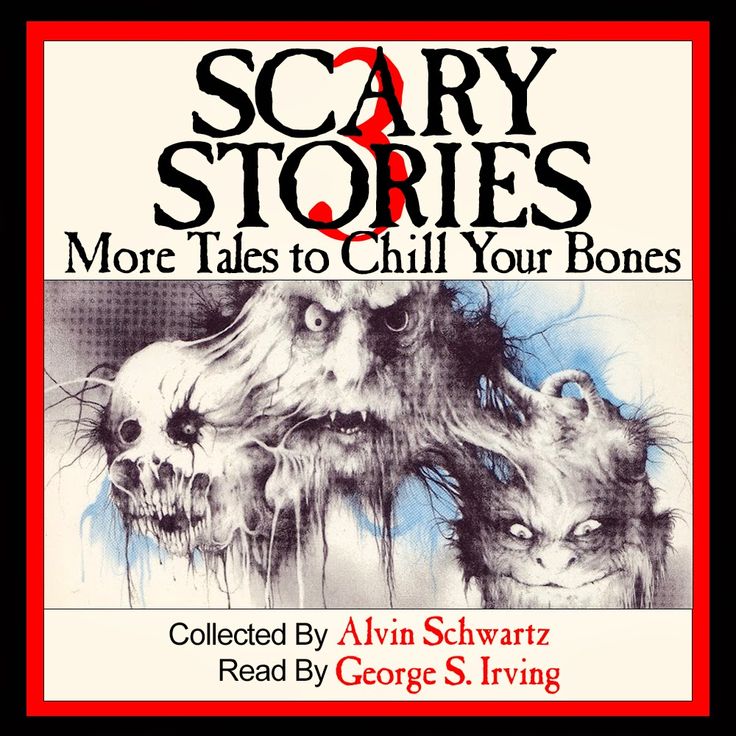 "False Start" is perfect for talking about a lesson you've learned from your experience or an unusual solution to a problem you've come up with. This technique is great for capturing attention: audience expectations are shattered, it surprises and forces them to pay close attention to your message. "False start" is well suited to demonstrate the benefits of an agile approach.
"False Start" is perfect for talking about a lesson you've learned from your experience or an unusual solution to a problem you've come up with. This technique is great for capturing attention: audience expectations are shattered, it surprises and forces them to pay close attention to your message. "False start" is well suited to demonstrate the benefits of an agile approach.
Example
An excellent Ax roller with a depressing start and an unexpected denouement.
Petals
This is an amalgamation of many stories around one central concept. This is useful if you have several unrelated stories that still relate to the same situation.
You tell your stories one by one before returning to the central plot. Petals may intertwine as one story intertwines with another, but each of them must be a complete narrative in itself.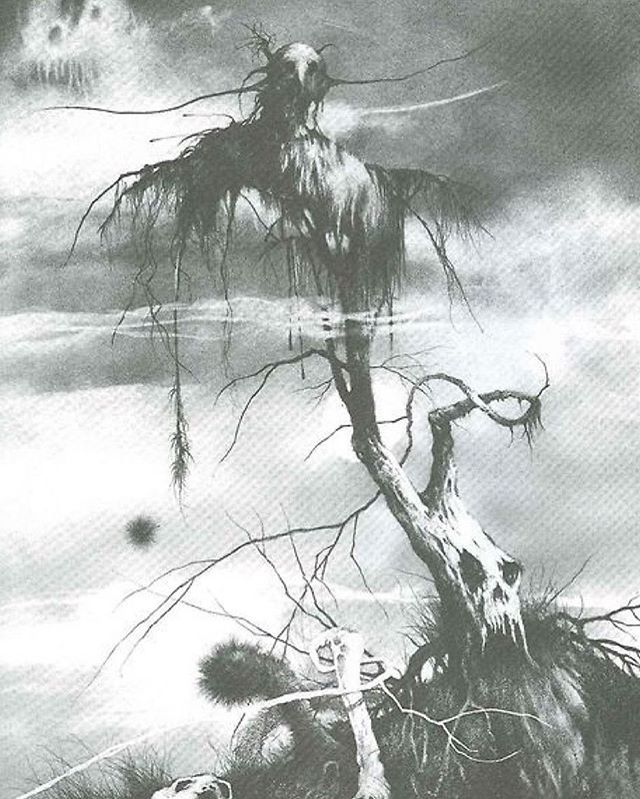 This gives you the opportunity to weave a rich palette of evidence around your main idea.
This gives you the opportunity to weave a rich palette of evidence around your main idea.
By showing the audience how all these key stories relate to each other, you allow people to feel the importance and weight of your message. This technique allows you to combine different plots around a central idea and demonstrates how different threads are interconnected in one situation.
Example
This cute video from Beeline shows us a kind of mini-series about the acquaintance of a new and very unusual employee with the office. The main idea is hidden in the ending.
Original: http://www.sparkol.com/blog/8-classic-storytelling-techniques-for-engaging-presentations/
an example of storytelling from a well-known stand-up artist • Articles on the website of the BOMBORA
publishing house- Articles
- April 7, 2021
An article for those who want to act out as well as Kharlamov and humiliate celebrities funnier than Pasha Volya.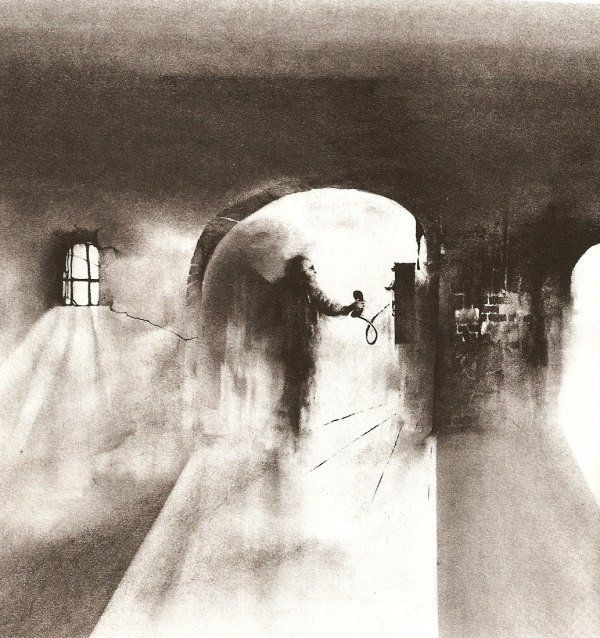
More interesting things below
Founder of the American Comedy Institute, author of Going to Stand Up! Stephen Rosenfield has been helping people make a career out of humor for 30 years. His students are gathering halls all over America, acting in comedies and writing jokes for Saturday Night Live, Late Night Show and other humorous programs. Here are three storytelling techniques that Rosenfield recommends to all his students.
If you're in a hurry, read this section only.
Funny stories that comedians tell in clubs can be based on real or fictional events. In both cases, there are three key points that will turn an anecdote that makes friends laugh into storytelling that shakes the whole room. Here are the points:
1. Control your laugh rate.
2. Build the story not in chronological order, but start from the topic, followed by punchlines - lines that cause laughter.
3. Follow the stage image. It enhances credibility.
Follow the stage image. It enhances credibility.
This is a summary. And now we will analyze each item separately and with examples.
Control the frequency of laughter
Let's take Hannibal Buress' stand-up scene as an example. This is a story about crossing the street in the wrong place. Places where the audience laughed are underlined.
I got a fine in Montreal for crossing the street in the wrong place. I can't believe. Yes, I've done this a hundred times. It's so simple - to catch the right moment. Car rides? Nope, so I went to . Yes, I've done this a thousand times. True, this time there was an old lady. She and I crossed the road together. So we are not together, and even if we were, it's none of your business. I see you for the first time. So this lady and I are crossing the road, and then a local cop comes up to us and starts broadcasting in French: “blah blah, blah blah, blah. FRENCH" .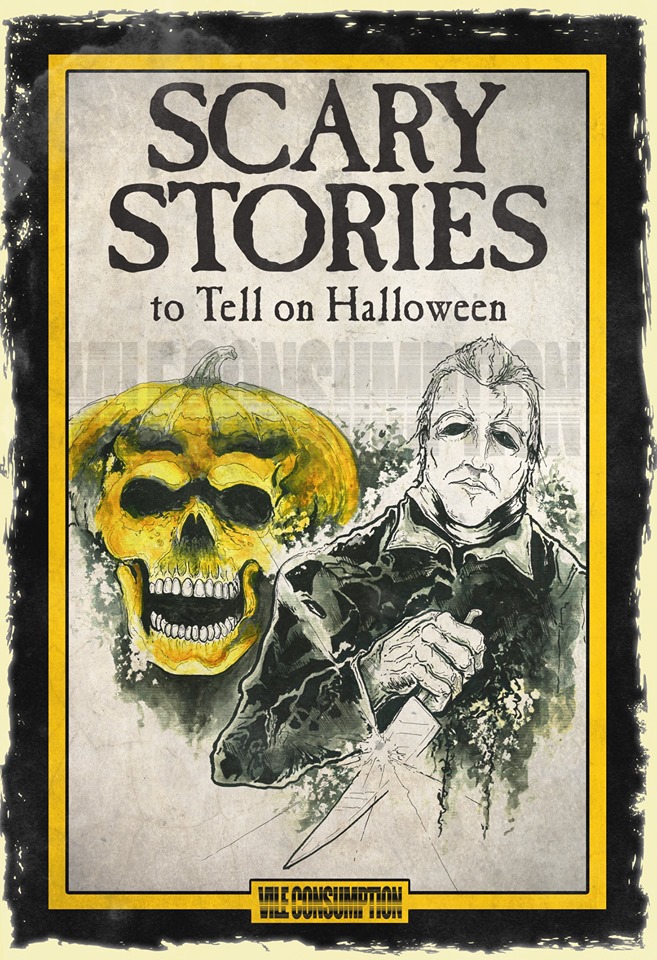 I say: “Hey, dude, I don’t know how to babble like that. Can you talk, is this how I do it? Something tells me that it was not worth starting our conversation by ridiculing his native language ... Yes, although I don’t care! I'm generally a risk taker. And he said: "YOU BREAKED THE STREET CROSSING RULES!" I replied, "I'm sorry." Well, I was about to go on about my business, because I was sure that this is how they are usually punished for such violations: "You violated!" - Guilty. That's all, and that's it. I realized that I had violated a traffic rule. And I apologize not for the very fact of my transition, but for what you felt because of this. In the future, I will try not to break the rules while you watch, but believe me, I will not stop doing this, this is the advantage of a pedestrian” . But he suddenly objected: "No, I have to write you a fine, give me your passport." I told him: “No, you don’t understand, I give people a passport only for real bullshit.
I say: “Hey, dude, I don’t know how to babble like that. Can you talk, is this how I do it? Something tells me that it was not worth starting our conversation by ridiculing his native language ... Yes, although I don’t care! I'm generally a risk taker. And he said: "YOU BREAKED THE STREET CROSSING RULES!" I replied, "I'm sorry." Well, I was about to go on about my business, because I was sure that this is how they are usually punished for such violations: "You violated!" - Guilty. That's all, and that's it. I realized that I had violated a traffic rule. And I apologize not for the very fact of my transition, but for what you felt because of this. In the future, I will try not to break the rules while you watch, but believe me, I will not stop doing this, this is the advantage of a pedestrian” . But he suddenly objected: "No, I have to write you a fine, give me your passport." I told him: “No, you don’t understand, I give people a passport only for real bullshit.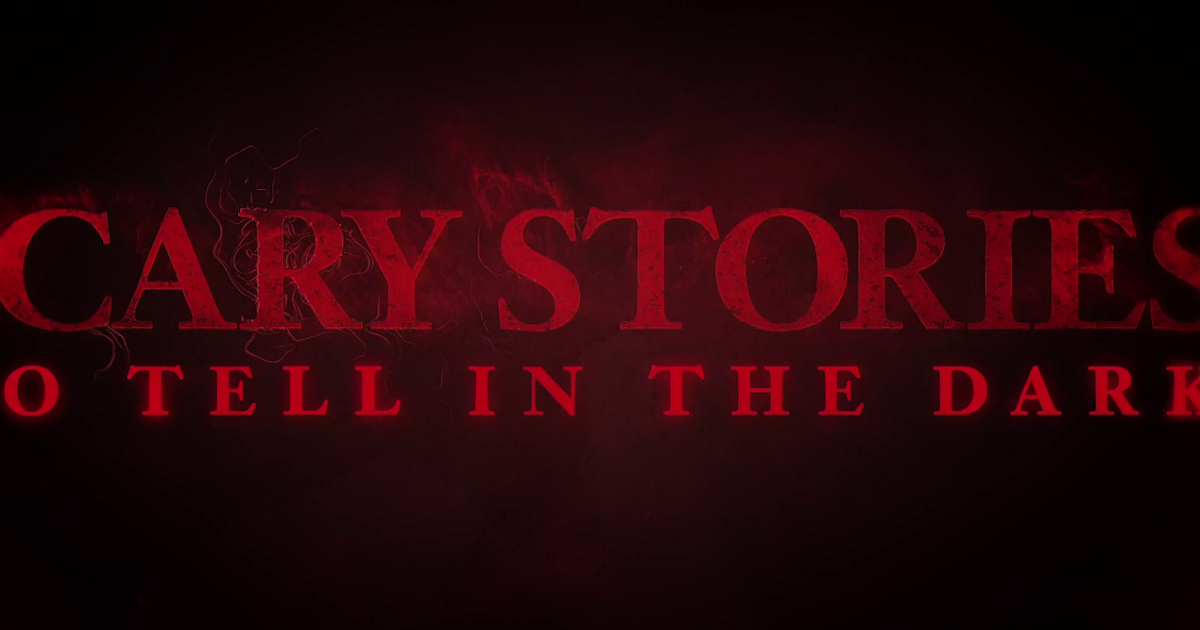 And is a fictional crime that you're pinning on me to cover up the fact that the city is in financial trouble right now. The city is bankrupt, and you were sent here with a production rate, well, ok. I'll donate 60 of your idiotic flowery dollars to your impoverished city, but let's get it over with, without any paperwork. And everyone is happy.” And guess what? Two more cops showed up. And now, , three Montreal police officers are unraveling this high-profile case of illegally crossing the street.
And is a fictional crime that you're pinning on me to cover up the fact that the city is in financial trouble right now. The city is bankrupt, and you were sent here with a production rate, well, ok. I'll donate 60 of your idiotic flowery dollars to your impoverished city, but let's get it over with, without any paperwork. And everyone is happy.” And guess what? Two more cops showed up. And now, , three Montreal police officers are unraveling this high-profile case of illegally crossing the street.
This excerpt is just under two minutes long. During this time, Beress made the audience laugh 10 times. When a person tells a story, others may or may not laugh along the way. The story can go with a bang due to drama or intrigue. But in any kind of stand-up comedian performs, there is a difficult but necessary task: to often cause laughter from the public. How do you fit so much laughter into one story? Damn good question. Fortunately, there is an answer.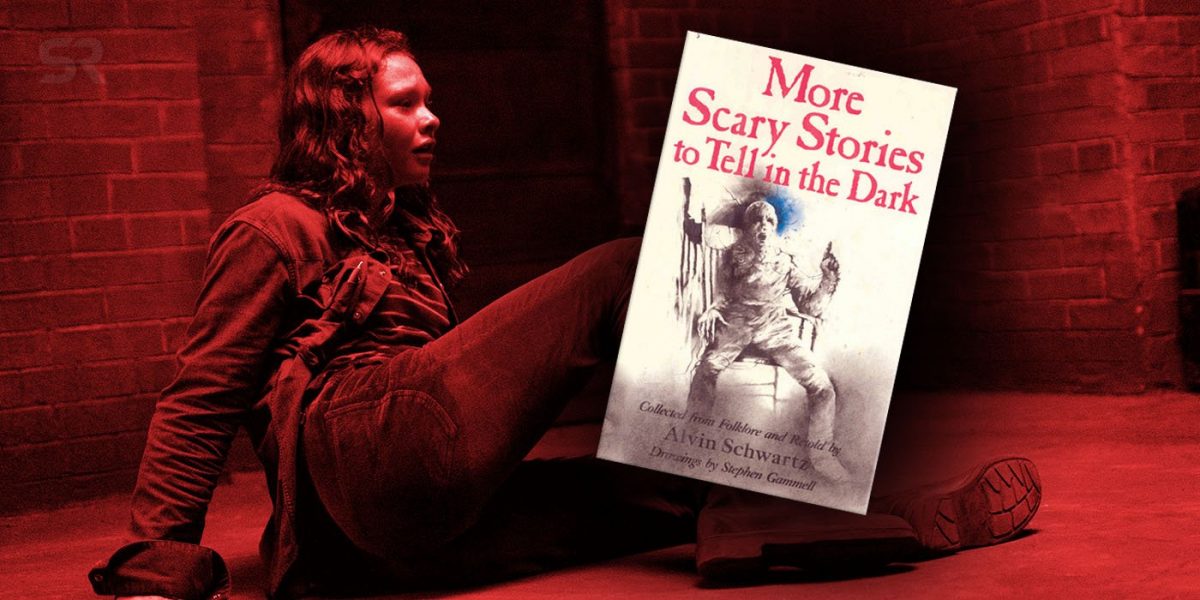 This is exactly the second key point in creating a funny story stand-up.
This is exactly the second key point in creating a funny story stand-up.
Build a story around topics followed by punchlines
Let's start right away with an example - the performance of the American stand-up classic Lenny Bruce. Below is an excerpt from a story in which he describes what it was like to be a touring comedian in the 1960s. You need to know that at that time in the US parks, cannon monuments from the times of the Civil War or the First World War were usually erected. Also, when Bruce says "5 and 10", he means convenience stores where everything is 5 or 10 cents. The places where the audience laughed are underlined again.
I used to work in Lima, Ohio. I don't know if there are any of you today who are connected with sales, but in such towns there is absolutely nothing to do. Boredom is deadly. Well, , at first you can wander around “5 and 10”, for one day now, consider that they have been killed. Then you can go to the park, see the cannon. .. Well, look, you can safely forget about it... I stayed at a hotel for show business stars. So that you can imagine this audience, there, besides me, there were men who turn on the city film projector, and a guy who sells dance shoes ...
.. Well, look, you can safely forget about it... I stayed at a hotel for show business stars. So that you can imagine this audience, there, besides me, there were men who turn on the city film projector, and a guy who sells dance shoes ...
...They say that in such towns there is always some kind of game going on ... Dirty lies! There are even waitresses here - elderly madams in, you know, corrective stockings, shoes, like Mother Goose, and handkerchiefs, as if from a weekly set. I want to go all out here, and they bring me chicken soup and jelly. I've been stuck here for the third week and I'm ready to climb the wall. Somehow I get up from the floor, and the waitress says to me: a couple wants to meet you - this couple is under seventy, dear people - so they sit down and ask: “Are you from New York?” “Well, yes, I was born there.” "And they're like, 'Look, we're serious, we have some connections in New York.' “What are you talking about! And where is?" - "In Rochester". - "Hmm, I see". I nod to him, and his mouth is white, because he tried to gobble up a tranquilizer without water. And his wife is just an asshole. Under her short sleeves, you can see such a vaccination mark, the size of a basketball, and she is also covered in moles, from which her hair sticks out, and is dressed in such a chewed dress, through which everything can be seen, but I would rather not see it.
- "Hmm, I see". I nod to him, and his mouth is white, because he tried to gobble up a tranquilizer without water. And his wife is just an asshole. Under her short sleeves, you can see such a vaccination mark, the size of a basketball, and she is also covered in moles, from which her hair sticks out, and is dressed in such a chewed dress, through which everything can be seen, but I would rather not see it.
Most regular stories are in chronological order. First this happened, then this. But comedians don't tell it that way. They get off topic. Here is my first topic, here are the jokes about it, and here is the second topic and the witticisms that relate to it. To turn a funny story into funny stand-up material, you need to rearrange the narrative text in this way. Let's see how Bruce did it.
In the first part of the story, all the laughter is caused by one theme: small towns like Lima in Ohio are terribly boring.
Topic 1 : I once worked in Lima, Ohio.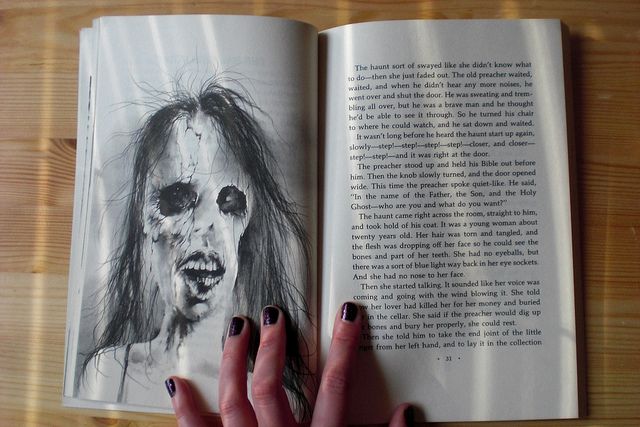 .. I don't know if there are any sales people among you today, but there is absolutely nothing to do in such towns. Boredom is deadly.
.. I don't know if there are any sales people among you today, but there is absolutely nothing to do in such towns. Boredom is deadly.
Punchline 1 : All right, first you can wander around the "5 and 10", it's been a murder for a day now.
Punchline 2 : Then you can go to the park, see the cannon…
Punchline 3 : Well, look, you can safely forget about her ...
Punchline 4 : I'm staying at the celebrity hotel. So that you imagine this audience, there is a man who turns on the city film projector, and a guy who sells dance shoes.
Debunking the myth that all the provincial towns are full of haunts is the theme and setup of the following jokes.
Topic 2 : They say that in such towns some kind of game is always going on ... Dirty lies!
Punchline 1 : Even the waitresses are old ladies in, you know, corrective stockings.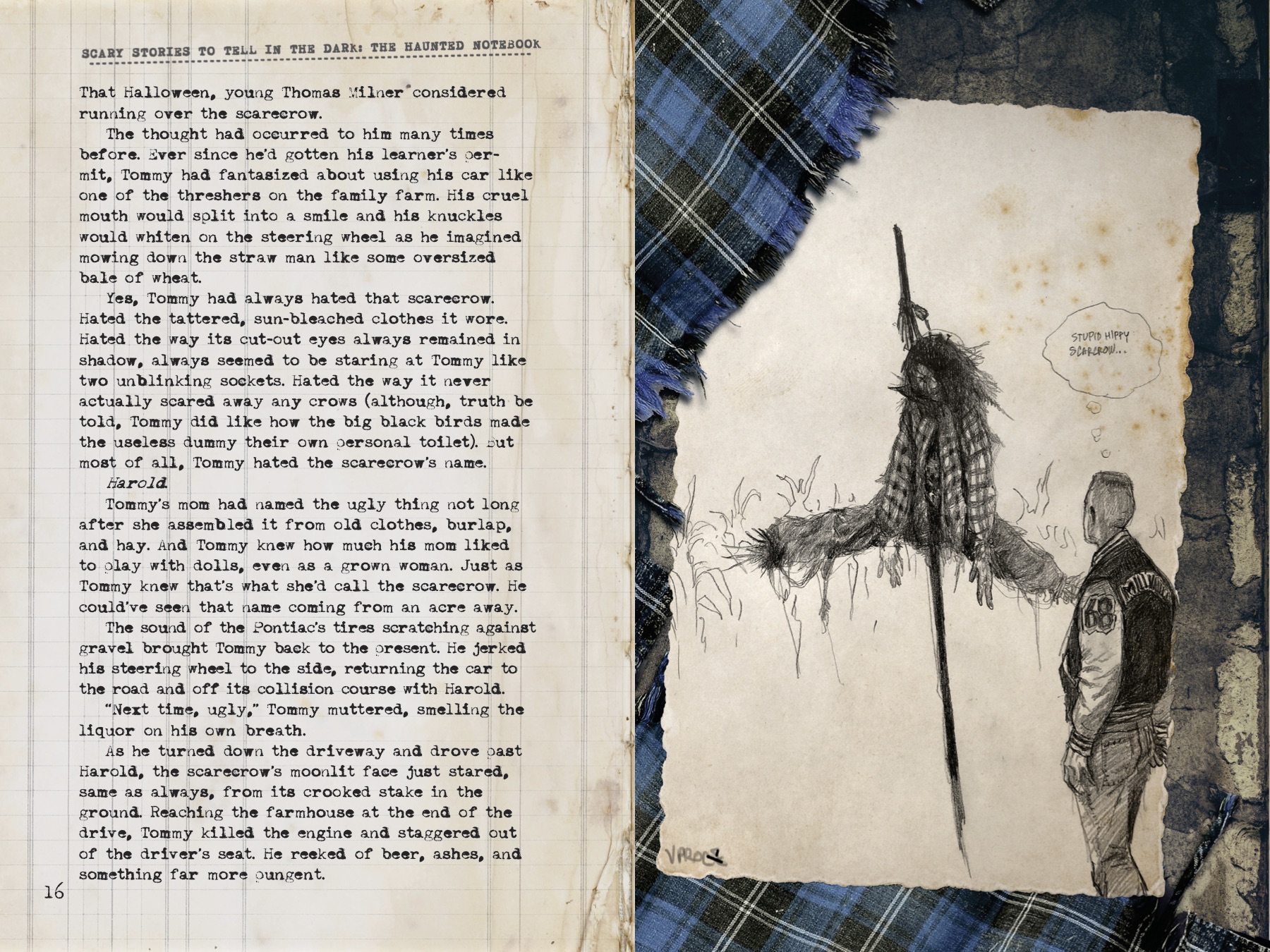
Punchline 2 : In Mother Goose shoes. Somehow I get up from the floor, and the waitress tells me: a couple wants to meet you.
Punchline 3 : And with handkerchiefs, as if from a weekly set.
Punchline 4 : I want to go all out here, and they bring me chicken soup and jelly.
Punchline 5 : I've been stuck here for the third week and I'm ready to climb the wall.
And so on. Lenny's audience laughed throughout the story because he built it up thematically (setups) with lots of punchlines.
Follow the stage image
Everything is simple here. It doesn't matter how true or how fictional your story is. She will go with a bang thanks to the third point: the story sounds believable, if it does not contradict the stage image of the comedian. For example, if your character is an impenetrable dumbass, start with jokes that will reveal exactly this image.
Detailed instructions on how to become a successful stand-up comedian can be found in the book “Going to Stand Up! The Complete Guide to Making Dreams Come True from the American School of Comedy. Steven Rosenfeld has collected the best practical recommendations and the funniest examples: from the first steps in writing material to tips on how to test them in public; from finding your style to the subtleties that turn a good performance into an unforgettable one.
Steven Rosenfeld has collected the best practical recommendations and the funniest examples: from the first steps in writing material to tips on how to test them in public; from finding your style to the subtleties that turn a good performance into an unforgettable one.
Tell everyone what an interesting article you found!
I'm leaving for Stand Up! The Complete Guide to Making Your Dream Come True by Stephen Rosenfield
800 ₽
Buy
Read related
Tests • March 3, 2023
What kind of flowers to give?
Except rose...
Book Reviews • March 3, 2023
Daring, strong, romantic
12 inspiring books for March 8
Tests • March 2, 2023
What do you know about Moscow ghosts?
And where do they live?
Articles • March 1, 2023
Color psychology: what to do if your boss is red?
Why Reds are Loved and Hated and How to Earn Their Respect
Book Reviews • March 1, 2023
What we read in March 2023
Samuel L.